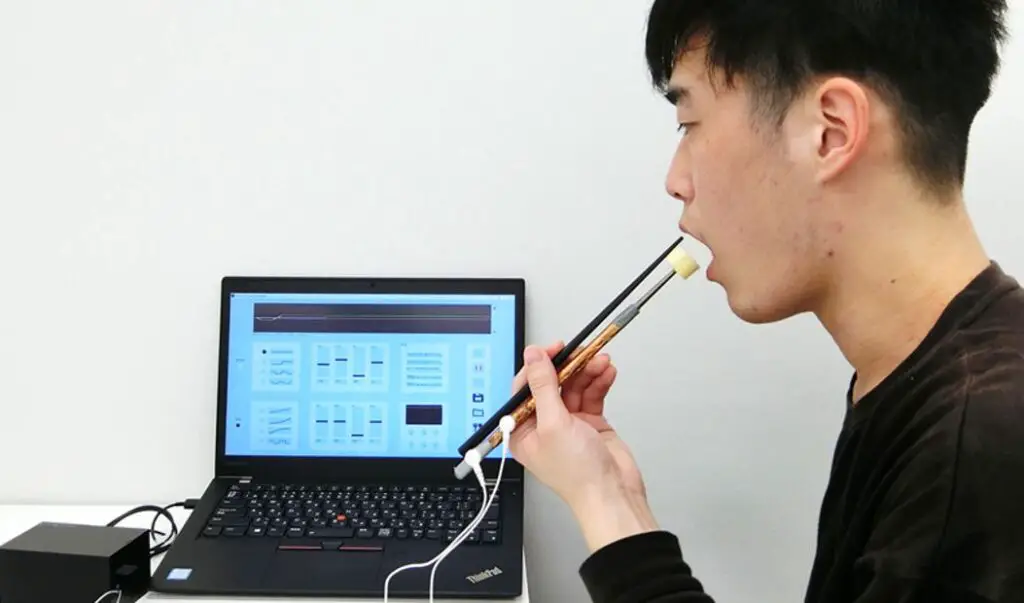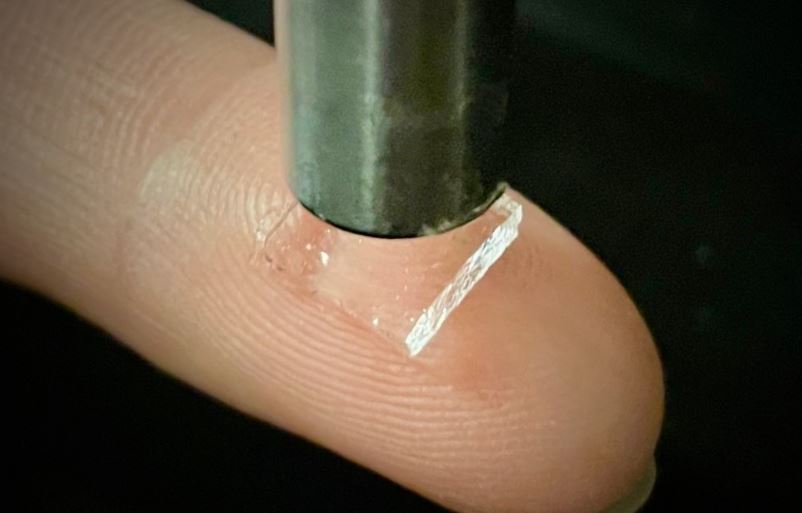Japanese food is famous for its heavy saltiness. Japanese elderly people are used to eating like this. Food, on the one hand, because of aging, the taste gradually deteriorates, which leads to eating more salty, which affects health.
Many families are faced with the conflicting dilemma that the elderly love to eat salty, and the children are worried about the unfavorable control of high blood pressure.
The best way to solve difficult problems is to use technology. The Meiji University research team and Kirin Holdings jointly researched and developed an electronic chopstick that can increase the taste and salty taste, so that the elderly can eat the salty taste they want, but they don’t really need to eat so much. Salt, to solve this dilemma of quality of life and health.

The principle of electronic chopsticks is that the chopsticks conduct micro-current, so that the salt of the food is sodium chloride, and sodium ions can produce a salty taste to stimulate the taste buds.
The experimental results found that electronic chopsticks can increase the salty taste by 1.5 times. The research team is also developing a number of technologies that enhance human senses, including lickable screens that simulate various food flavors.
Less salt, the same taste for a Healthier Life
The average daily salt intake of Japanese adults is as high as 10 grams, which is twice the recommended value of the World Health Organization. High salt intake is prone to high blood pressure for the elderly with many chronic diseases, which greatly increases the risk of stroke and heart disease.
But asking the elderly to eat bland and tasteless food is also a kind of torture. Electronic chopsticks allow Japanese people not to give up their favorite salty food, but they don’t have to eat so much salt to maintain their health.
The Meiji University research team and Kirin Beer are currently improving the prototype of electronic chopsticks, which are expected to be commercialized in 2023.
Source: The Meiji University




